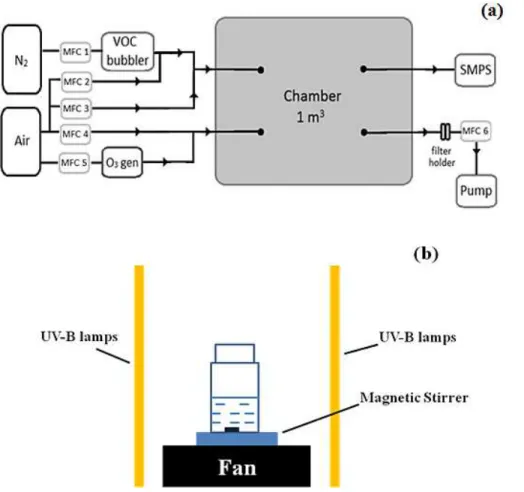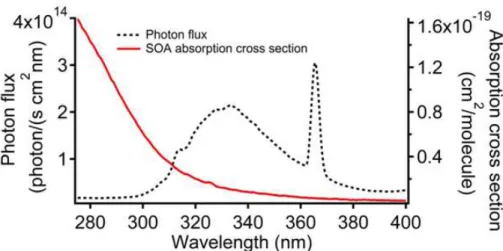Formation of hydroxyl radicals from photolysis of secondary organic aerosol material
Texto
Imagem




Documentos relacionados
T.: Particle mass yield in secondary organic aerosol formed by the dark ozonolysis of alpha-pinene, Atmos. T.: Loading-dependent
algorithm organic derived radicals are involved in activation and growth and link the formation rate of smallest aerosol particles with OH during daytime and NO 3 during
SOA formation from benzene, toluene, m -xylene, and their corresponding phenolic compounds were investi- gated using the UCR/CE-CERT Environmental Chamber to evaluate the importance
der to better quantify the origin of the organic aerosol within a megacity and to better understand the secondary aerosol formation in the urban plume. Another aim of the campaign
The experimental data obtained for the particle number concentration are pre- sented together with the simulated profile of 2,5-DHF (from the known initial concentrations and
Products of secondary organic aerosol (SOA) from aromatic volatile organic compounds (VOCs) – 2,3-dihydroxy-4-oxopentanoic acid, dicarboxylic acids, ni- tromonoaromatics,
Secondary organic aerosol formation from photochemical aging of light-duty gasoline vehicle exhausts in a smog chamberT.
Even though the predicted burden and production rate of aromatic SOA is considerably more than previous estimates (Tsigaridis and Kanakidou, 2003, 2007), the contribution of